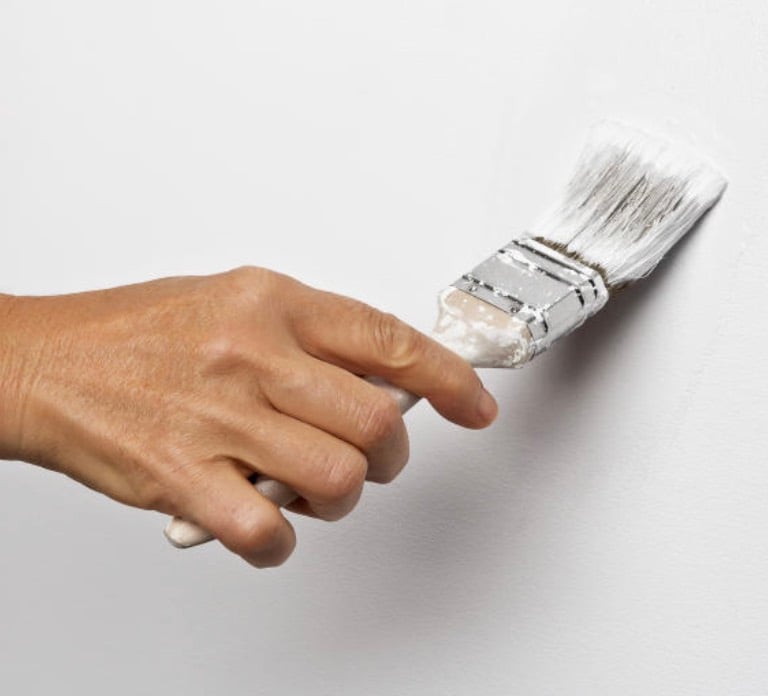Touching up high-performance coatings requires careful consideration of the coating type, the substrate, and the extent of the damage to the coating. Here are some general guidelines for touching up high-performance coatings:
-
Clean the damaged area: Before touching up the coating, ensure that the damaged area is clean and free of any debris, oil, or other contaminants, per SSPC-SP1.
-
Assess the extent of the damage: Determine the extent of the damage to the coating. If it's a minor scratch or chip, you can often touch up the coating without needing to redo the entire surface. However, if the damage is extensive, it may be necessary to redo the entire surface.
-
Choose the right touch-up product: Select a touch-up product that is compatible with the original coating. Ideally, you should use the same brand and product as the original coating. If that's not possible, contact the manufacturer for recommendations.
-
Prepare the touch-up product: Follow the manufacturer's instructions for preparing the touch-up product. Mix the product thoroughly and apply it at the correct ratio.
-
Apply the touch-up product: Apply the touch-up product carefully and evenly, using a brush or roller. Make sure the touch-up product is fully cured before using the coated surface.
-
Blend the touch-up area: If necessary, blend the touch-up area to match the surrounding surface. This may involve abrading by sanding the touch-up area.
-
Monitor the touch-up area: Keep an eye on the touch-up area over time to ensure that it does not peel or chip. If you notice any issues, take corrective action immediately.
- Follow manufacturer's guidelines for environmental controls, including temperature, humidity and dew point.
Remember, touch-up products are meant for minor repairs and not for extensive damage. If the coating has major damage, it may be best to recoat the entire surface rather than touch up the damaged area. For more information, reach out the High Performance Coatings.
Check out these additional resources
Importance of Surface Preparation
Maintenance of High Performance Coatings
Why High Performance Coatings Fail

